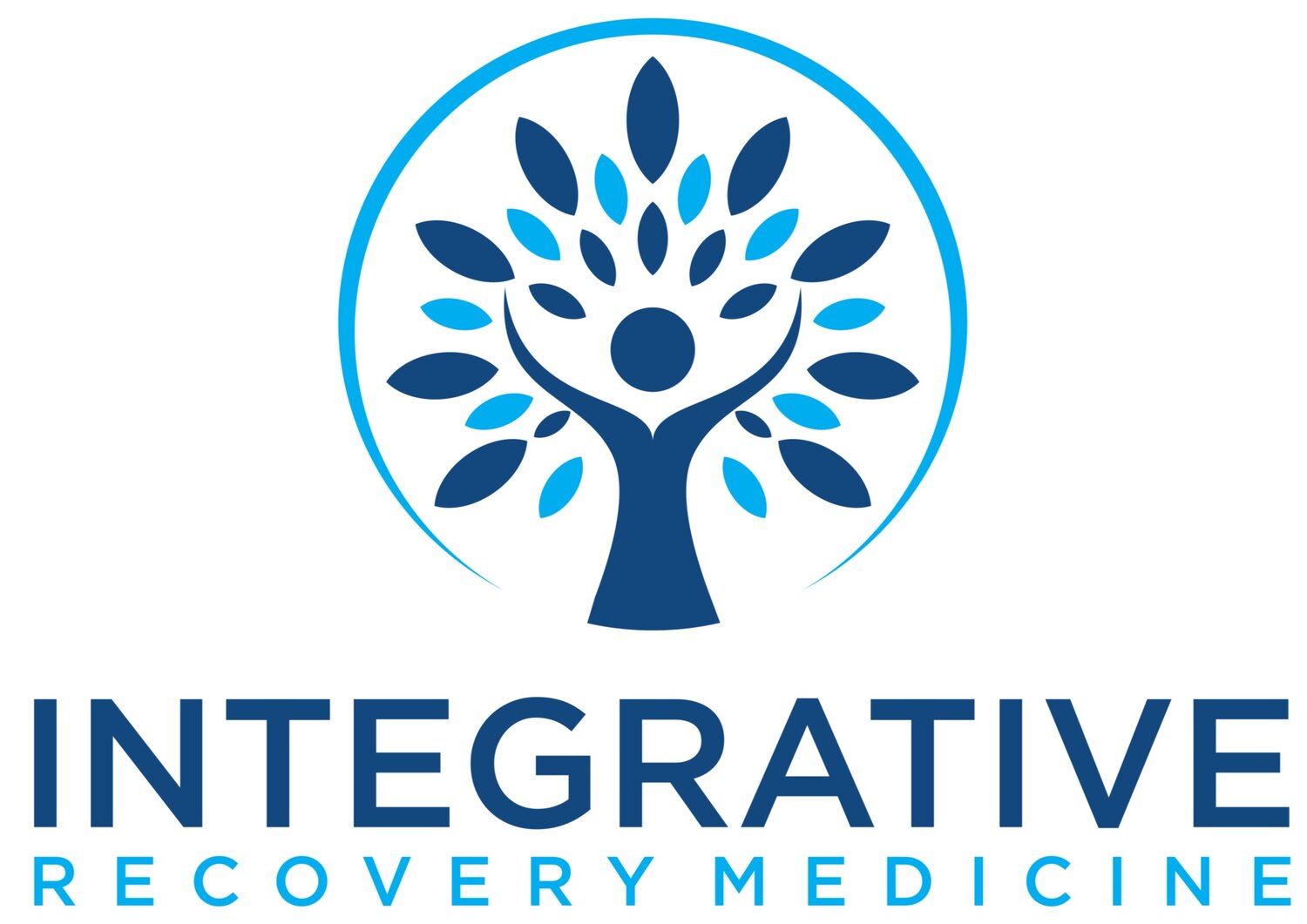The 3 most common physical findings in PTSD.
I have given a lot of physical exams to people seeking treatment for issues related to trauma. After a while, I noticed a number of common findings.
These are the most common manifestations of trauma that I see:
Muscle tension
Wow! It’s been impressive to see how much tension people are holding in their bodies. Often the tightest muscles are in the neck, shoulders and jaw. For many, this results in chronic aches including headaches. Often this has been the norm for people for so long they don’t realize how bad it is. This contributes to fatigue, think of how much effort is required to keep muscles tense. My recommendation is to supplement with magnesium, exercise to include a yoga practice and to get regular body work like massage.
Shallow breathing
People that have unresolved trauma have nervous systems that are in a sympathetic dominant mode also known as fight/flight or freeze state. Their breathing is shallow and often rapid. It’s a wonderful thing to see that as they improve the breath becomes more expansive. It’s important to know that deep breathing with emphasis on exhalation stimulates the vagus nerve, buffering the sympathetic state. I’ve been showing this Elmo from Sesame Street video on belly breathing for years now. It features Common and Colbie Caillat.
There is so much more awareness about how to use breathing techniques for shifting the state of the nervous system. I love the book Breath by James Nestor as he did a deep dive on this subject.
Hypervigilance
This is when someone is super aware of their surroundings and is often startled and jumpy. For someone with a history of trauma, it is their scanning for safety that is in overdrive. As one starts to feel safe, the hypervigilance improves. Working with therapists that specialize in trauma will have the biggest impact on diffusing the triggers related to the trauma. As a naturopath, I would also suggest doing cortisol testing to assess adrenal dysfunction and to use supplements that soothe the nervous system like l-theanine and passionflower.
Other issues related to nervous system dysregulation such as insomnia, anxiety, and hypertension also improve and people begin to feel better physically. It is truly rewarding to see how these symptoms improve as one makes progress in their recovery.
